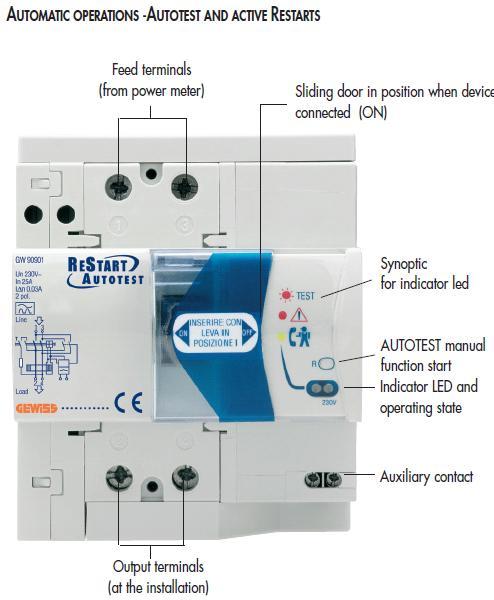Currently waiting for quotes back, but just wanted to get some more opinions from you guys, as some of the suggestions I didn't think would work.
I'll explain,
We live on an old farm in a converted barn. Electric comes into us via overhead on a TT, to a fairly new cutout, meter, then a Wylex 63a 30ma stand alone rcd, then into a merlin gerlin isobar 4 evo, converted to single phase.
Out of this cu runs our curcuits, sockets, lights etc.
There are also 3 2 core swa cables running out to different locations around the farm, barn, stables and pool etc. these locations all have have separate cu with rcds.
Trouble is, ramdom tripping. If there's any problem anywhere else, the main 30ma rcd trips and cuts the power to the whole system, including us, in darkness!
Now, one of his ideas was to split the tails with henleys before the wylex, leave our install alone with the 30ma rcd, then run some new tails out the wall, directly into a outside box, into a 100ma td rcd, then into a cu with mcbs only, out of these 3 mcbs will then run back through the wall with t+e into separate boxes, then take the swa's out of the merlin cu into these separate boxes?
Therefore the swa are protected by the mcbs and the remote cu's will beable to do there job without affecting us and if there is a problem it can be accessed remotely.
What do you think?
Sorry for the long post.
I'll explain,
We live on an old farm in a converted barn. Electric comes into us via overhead on a TT, to a fairly new cutout, meter, then a Wylex 63a 30ma stand alone rcd, then into a merlin gerlin isobar 4 evo, converted to single phase.
Out of this cu runs our curcuits, sockets, lights etc.
There are also 3 2 core swa cables running out to different locations around the farm, barn, stables and pool etc. these locations all have have separate cu with rcds.
Trouble is, ramdom tripping. If there's any problem anywhere else, the main 30ma rcd trips and cuts the power to the whole system, including us, in darkness!
Now, one of his ideas was to split the tails with henleys before the wylex, leave our install alone with the 30ma rcd, then run some new tails out the wall, directly into a outside box, into a 100ma td rcd, then into a cu with mcbs only, out of these 3 mcbs will then run back through the wall with t+e into separate boxes, then take the swa's out of the merlin cu into these separate boxes?
Therefore the swa are protected by the mcbs and the remote cu's will beable to do there job without affecting us and if there is a problem it can be accessed remotely.
What do you think?
Sorry for the long post.


